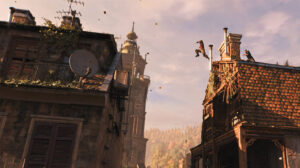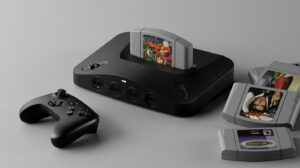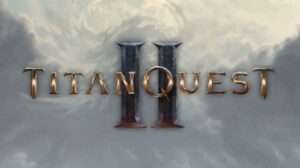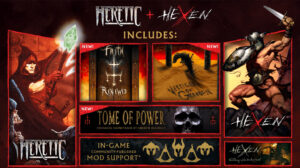Daemon X Machina: Titanic Scion Launches Sept. 5 With Vision of Humanity’s Future

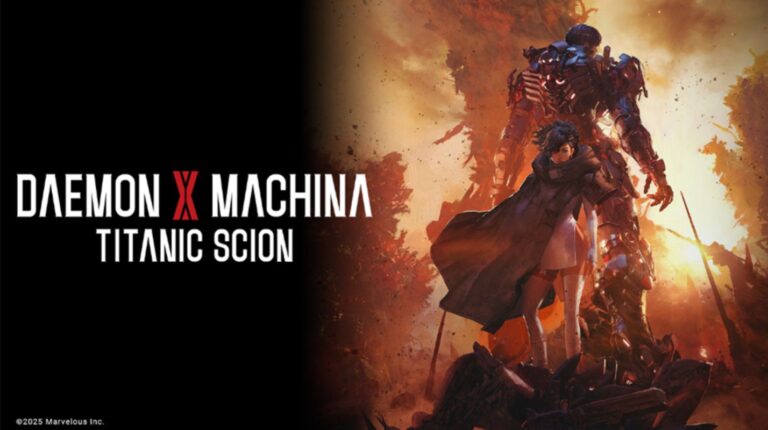
The mecha genre is making a return as Daemon X Machina: Titanic Scion gears up for release on Sept. 5, 2025. This anticipated sequel expands on the original’s foundation with a renewed focus on the intersection between humanity and technology. It also marks the franchise’s debut on next-gen hardware including the Switch 2, PlayStation 5, the Xbox Series, and PC.
A new documentary produced by Archipel and Marvelous USA reveals how the team behind Titanic Scion approached how the game was made. At the heart of the story is Kenichiro Tsukuda, the series producer who shaped the franchise from the beginning. His vision draws deeply from a lifetime of fascination with mecha design and storytelling.
“One of the challenges we undertook with Titanic Scion was allowing players to move freely both on land and through the air. As we greatly enlarged the open environments compared to the first game, we realized that the player can go anywhere they’d like,” Tsukuda said in a short YouTube documentary. “It was a challenge to find the right scope of environment that felt fun and just right.”
Tsukuda’s journey is more than just nostalgic – it’s a statement of intent. Daemon X Machina: Titanic Scion is not simply a sequel. It’s a philosophical leap forward into a world where armored suits, synthetic biology, and human willpower collide in high-octane warfare.
Jump to:
Human And Machine: A Vision Born in the Mecha Era
Kenichiro Tsukuda returns to helm Titanic Scion, bringing decades of experience in the mecha genre. His goal from the start has been to translate the appeal of large-scale robot combat into a form that resonates with modern audiences. The new documentary shows how Tsukuda drew inspiration from his earliest experiences with robots in gaming and anime.
More than a trip down memory lane, the documentary captures a thoughtful creative process. The developers leveraged 3D printing to study armor designs from physical prototypes. This allowed them to experiment with form and functionality beyond what screens can offer. It also helped ensure each Arsenal – the player’s combat suit – is striking and mechanically distinct.
“Different combinations of weapons and skills present vastly different fighting styles, so players are free to find their own playstyle in combat by customizing their Arsenals and their personal skills. We wanted to make a game that allows players to play the way they want to in a world far removed from daily life. This is deeply important to us,” Tsukuda said.
This forward-thinking approach is reflected throughout Titanic Scion’s gameplay. It is not just about building bigger robots, but about understanding how technology reshapes the human condition. The result is a world where flesh, steel, and conscience are constantly negotiating the terms of existence.
New Worlds And New Weapons Await on The Battlefield
Titanic Scion dramatically expands the scale of its environments. The game introduces a stunning alien world filled with mechanical and organic enemies. Players will traverse everything from jagged mountains to marshy swamps and sprawling plains. Whether on foot, in flight, or galloping on horseback, movement across terrain is fast, fluid, and full of opportunity.
The Arsenal system has also received major upgrades. Each suit can be customized with modular loadouts and cosmetic tweaks. Players can craft new gear from scratch or salvage fallen foes to improve their kits. This system ensures that each mission becomes an opportunity to adapt and evolve.
“I worked with our art director to create some new designs, and I drew some of them myself, but we made sure to stay faithful to Shoji Kawamori’s design concepts. We considered what kind of functionality a mech suit worn directly by a human would have. Discussing each detail of the Arsenal was a key step we took with the dev team. As a result, I believe we reached a nice design and a cool mech overall,” Tsukuda said.
For those who want to share the experience, cooperative and asynchronous multiplayer options provide new dimensions of teamwork. Players can fight alongside friends or contribute to broader battles even when playing solo. It adds a persistent sense of presence to the war against the Axiom.
Daemon X Machina vs The Genre: Where Titanic Scion Stands Apart
The mech action genre is a niche with loyal fans and few modern champions. While titles like Armored Core VI redefined high-stakes mechanical combat with intense difficulty and gritty aesthetics, Daemon X Machina focuses on accessibility and customization. Titanic Scion invites newcomers with open arms while giving veterans a deeper sandbox to master.
Compared to Zone of the Enders, which emphasized speed and cinematic flair, Titanic Scion plays at a slower but more tactical pace. Its gameplay rewards planning and positioning without sacrificing adrenaline. The wide-open biomes and exploratory elements add a flavor missing from tighter, arena-based mech games.
Even against titans like Front Mission or Earth Defense Force, Titanic Scion carves its own path. It fuses narrative weight with action in a way that remains rare. It’s a game that dares to ask why we fight, not just how.




